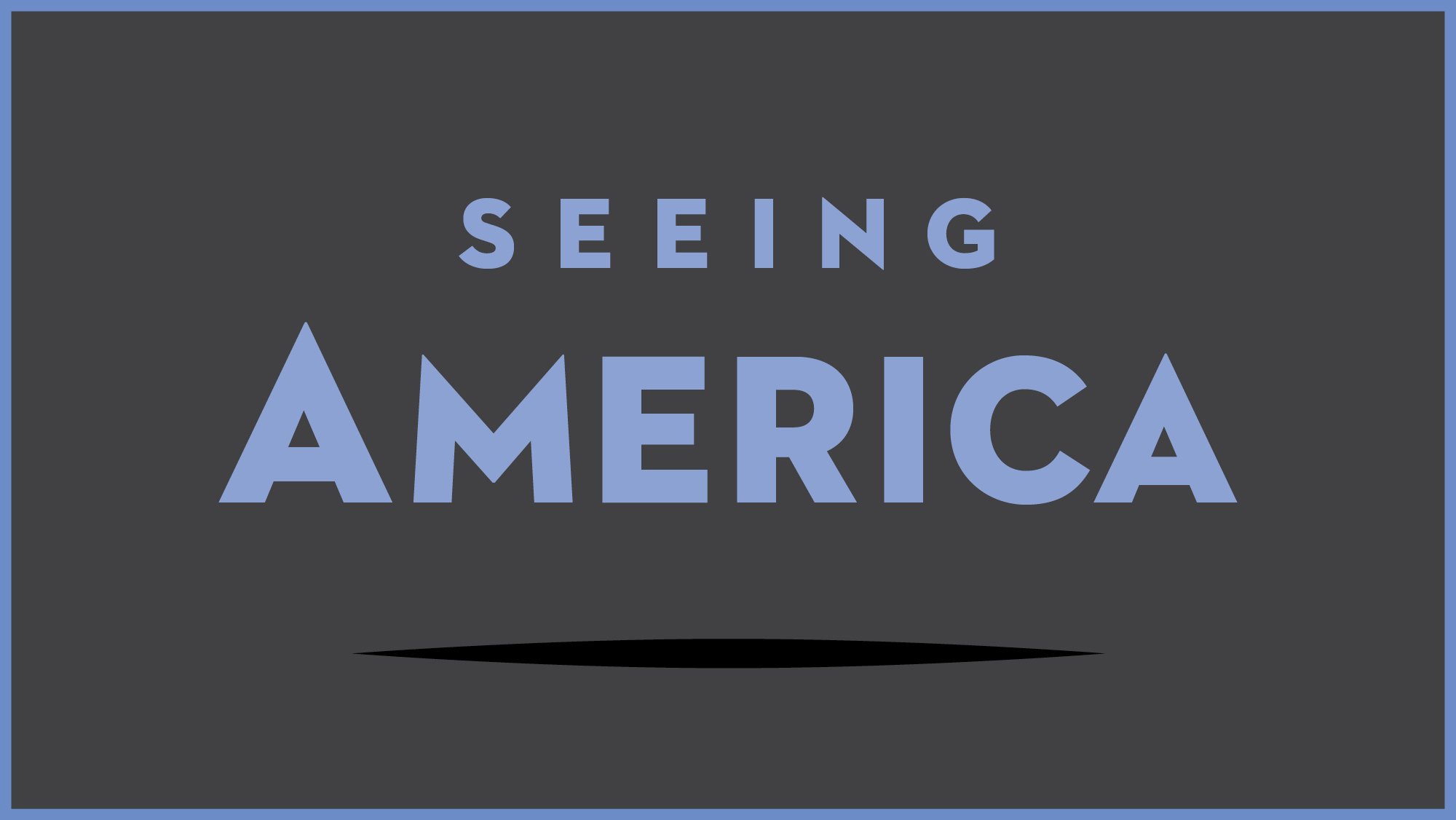Test your knowledge with a quiz
Ward, We The People
Key points
- “We the People” is the introductory line to the Preamble of the Constitution that boldly declared the right of people of the United States to govern themselves. Still, when it was written in 1787, the “people” was narrowly defined and did not necessarily include women, African-Americans, Native Americans, or those who did not own land.
- Nari Ward uses a common material, shoelaces, to evoke the many different people who are today brought together in the phrase “We the People.”
- By using the draping shoelaces to define the old-fashioned calligraphic script, Ward obscures the words slightly. In this way, he encourages the viewer to pause and perhaps reconsider this familiar text.
Go deeper
Learn more about this work from Crystal Bridges Museum of American Art
Watch Nari Ward discuss We The People in a 2017 video interview
Look at an online exhibition of Ward’s work at Philadelphia’s Fabric Workshop and Museum
More to think about
Nari Ward’s We The People demonstrates how contemporary art often asks viewers to think more critically about everyday things that we may take for granted. Can you think of another important icon of American culture that has become commonplace and taken for granted, and that should be examined more carefully?
Smarthistory images for teaching and learning:
[flickr_tags user_id=”82032880@N00″ tags=”nariwe”]



